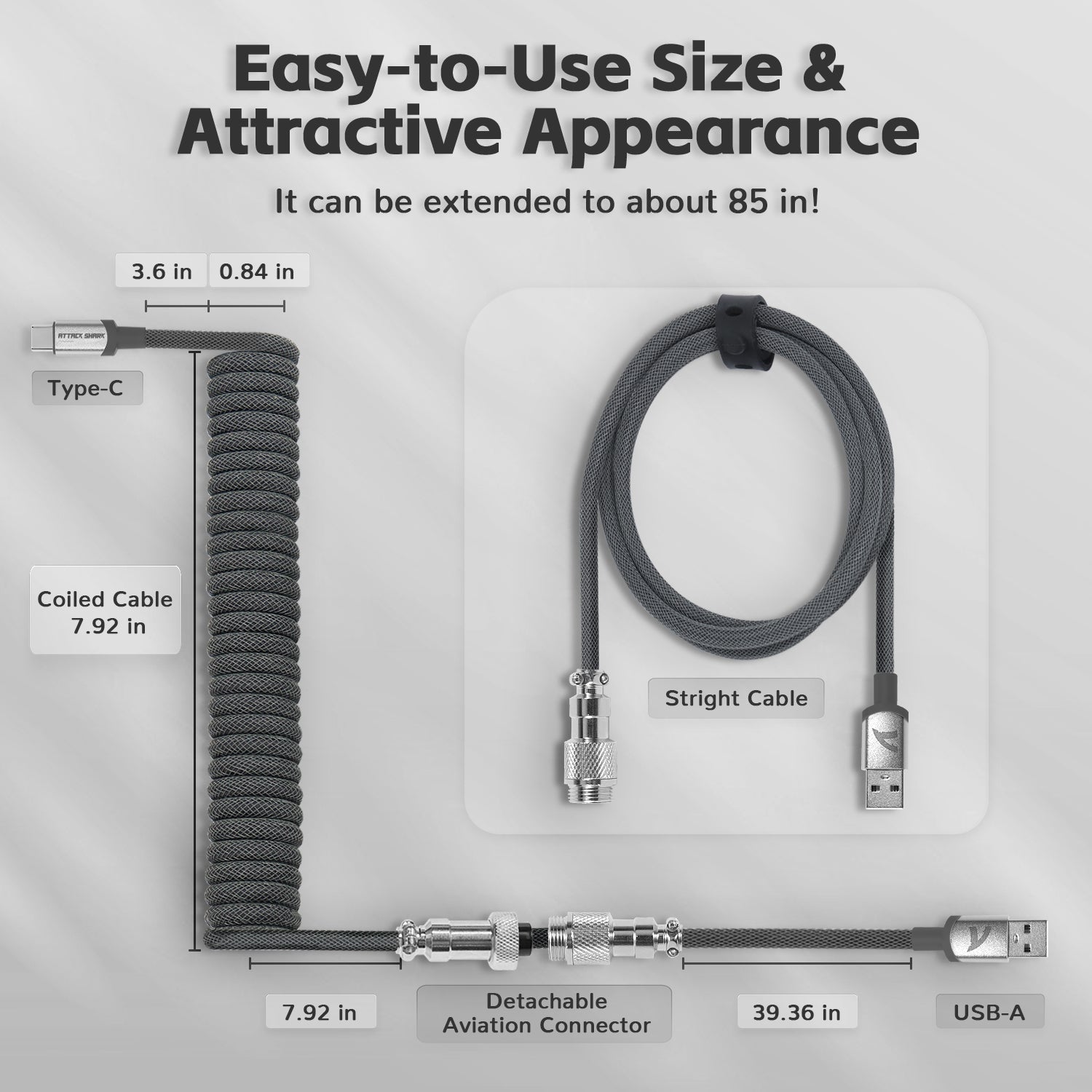Mechanical keyboards have gained immense popularity among gamers, typists, and tech enthusiasts alike. Understanding the mechanical keyboard parts is crucial for anyone looking to enhance their typing experience. This article delves into the key components of a mechanical keyboard and their respective functions.

Key Switches: The Heart of Mechanical Keyboards
At the core of every mechanical keyboard are the key switches. These switches determine the feel and responsiveness of the keyboard. There are several types of key switches, each offering unique characteristics:
- Linear Switches: These switches provide a smooth keystroke without tactile feedback, making them ideal for fast-paced gaming.
- Tactile Switches: Tactile switches offer a noticeable bump when pressed, allowing users to feel when a key has been activated.
- Clicky Switches: Similar to tactile switches, clicky switches provide both a tactile bump and an audible click, which many users find satisfying.
Choosing the right switch can significantly impact your typing experience. Have you considered what type of switch best suits your needs?
Keycaps: The Interface Between You and the Keyboard
The keycaps are the visible part of the keyboard that you interact with. They come in various shapes, sizes, and materials, which can affect both aesthetics and functionality. Common materials include:
- ABS (Acrylonitrile Butadiene Styrene): Lightweight and affordable, but can wear down over time.
- PBT (Polybutylene Terephthalate): More durable and resistant to wear, making it a preferred choice for high-end keyboards.
When selecting keycaps, consider factors such as durability, feel, and compatibility with your keyboard layout.
PCB and Backplate: The Foundation of Your Keyboard
The PCB (Printed Circuit Board) is the backbone of a mechanical keyboard. It connects all the switches and allows them to communicate with your computer. The backplate, typically made of metal or plastic, provides structural support and stability. Together, these components ensure that your keyboard functions reliably.
Do you know how the quality of the PCB can affect your keyboard's performance? A high-quality PCB can enhance durability and responsiveness, making it a vital consideration for serious users.
Stabilizers: Ensuring Stability for Larger Keys
Stabilizers are essential for larger keys, such as the spacebar and enter key. They prevent wobbling and ensure a consistent feel when typing. There are different types of stabilizers, including:
- Clip-in Stabilizers: Easy to install and remove, making them popular among DIY enthusiasts.
- Screw-in Stabilizers: Offer a more secure fit, reducing the likelihood of rattling.
Choosing the right stabilizers can greatly enhance your typing experience, especially if you frequently use larger keys.
Conclusion: Understanding Your Mechanical Keyboard Parts
In conclusion, understanding the mechanical keyboard parts is essential for anyone looking to optimize their typing experience. From key switches to stabilizers, each component plays a crucial role in how your keyboard performs. If you're interested in upgrading your keyboard or exploring accessories, consider visiting  for a wide range of options.
for a wide range of options.
By familiarizing yourself with these components, you can make informed decisions that enhance your overall experience. Happy typing!








